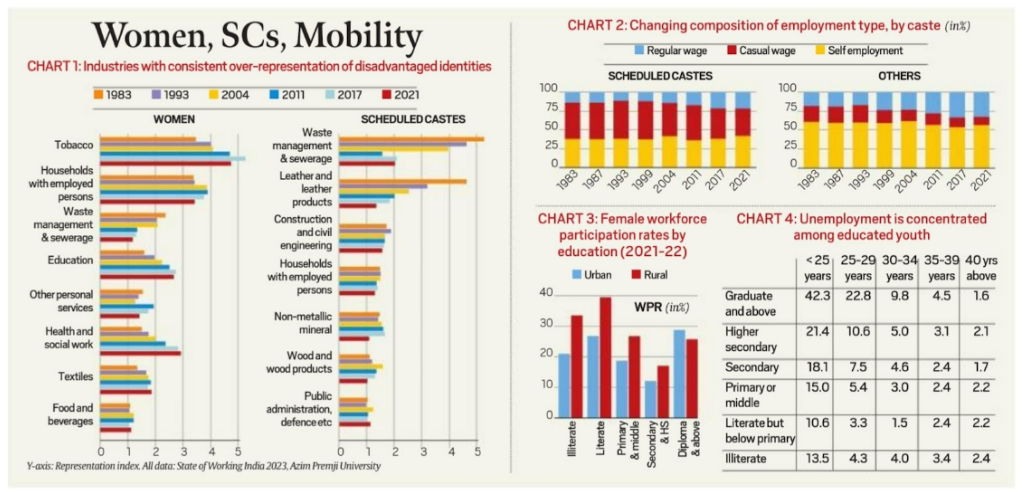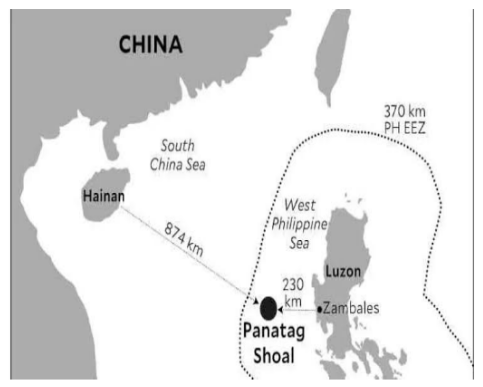| OSIRIS-REx (Origins, Spectral Interpretation, Resource Identification and Security–Regolith Explorer).
|
NASA’s OSIRIS-REx has delivered samples to Earth that it collected during its historic seven-year mission to asteroid Bennu.
OSIRIS-REx:
Bennu:
|
| First Green Hydrogen Fuel Cell Bus | Country’s first green hydrogen fuel cell bus was launched in Delhi.
Hydrogen Fuel Cell:
|
| C-295 aircraft
|
About C-295 aircraft: s
|
| Agamic Traditions of Temples |
Agamas:
Agamic Literature:
|
Also read: India’s GDP Growth Rate: India GDP Growth Rate, Trends and Analysis
National Curriculum Framework (NCF):
|
|---|
Successful implementation of New Education Policy can help in meeting the 4th Sustainable Development Goal (SDG), Education for all while ensuring equitable, inclusive and quality education for all by 2030.
| Attempt the Mains Question: New Education Policy 2020 is in conformity with the Sustainable Development Goal-4 (2030). It intends to restructure and reorient education system in India. Critically examine the statement. (GS Paper 2; UPSC Mains 2020) |
|---|
Also read: Election Commission of India (Article 324 to 329)
The Supreme Court’s decision to reevaluate legislator immunity in bribery cases is a significant step towards ensuring transparency and accountability in India’s parliamentary system. The debate surrounding this issue underscores the delicate balance between upholding legislative independence and combating corruption. There are strong arguments on both sides of the issue. It is important to weigh the competing interests carefully and to find a solution that balances the need for legislative independence with the need for accountability.
Subject: GS-01: Geography
Vulnerable Joshimath:
|
|---|
Also read: Himalayan Blunders that are Ravaging the Himalayas
Subject: GS-03: Science and Technology
What is Geospatial Intelligence?
Whether reconstructing the past, describing the present or anticipating the future, geospatial intelligence provides valuable information to help keep people and communities safe.
Also read: Disaster Management in India
What are Digital Twins?
|
|---|
Context: In his address at the conference for directors of urban cooperative banks in India, the Reserve Bank of India Governor outlined that the quality of board discussions should be free and frank because the idea of cooperation is based on the idea of democracy.
Also read: Cooperative Societies
Also read: Types of Banks in India
Trends in India’s Labour Market

Female workforce participation rate(Chart 1):
Female participation rates by education(Chart 3):
Concentration of unemployment among educated youth(Chart 4):
Context:
About Scarborough Shoal:

<div class="new-fform">
</div>
